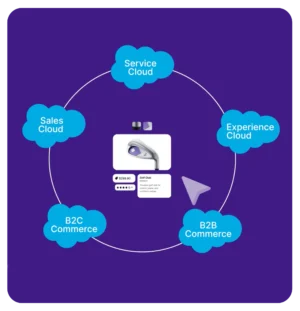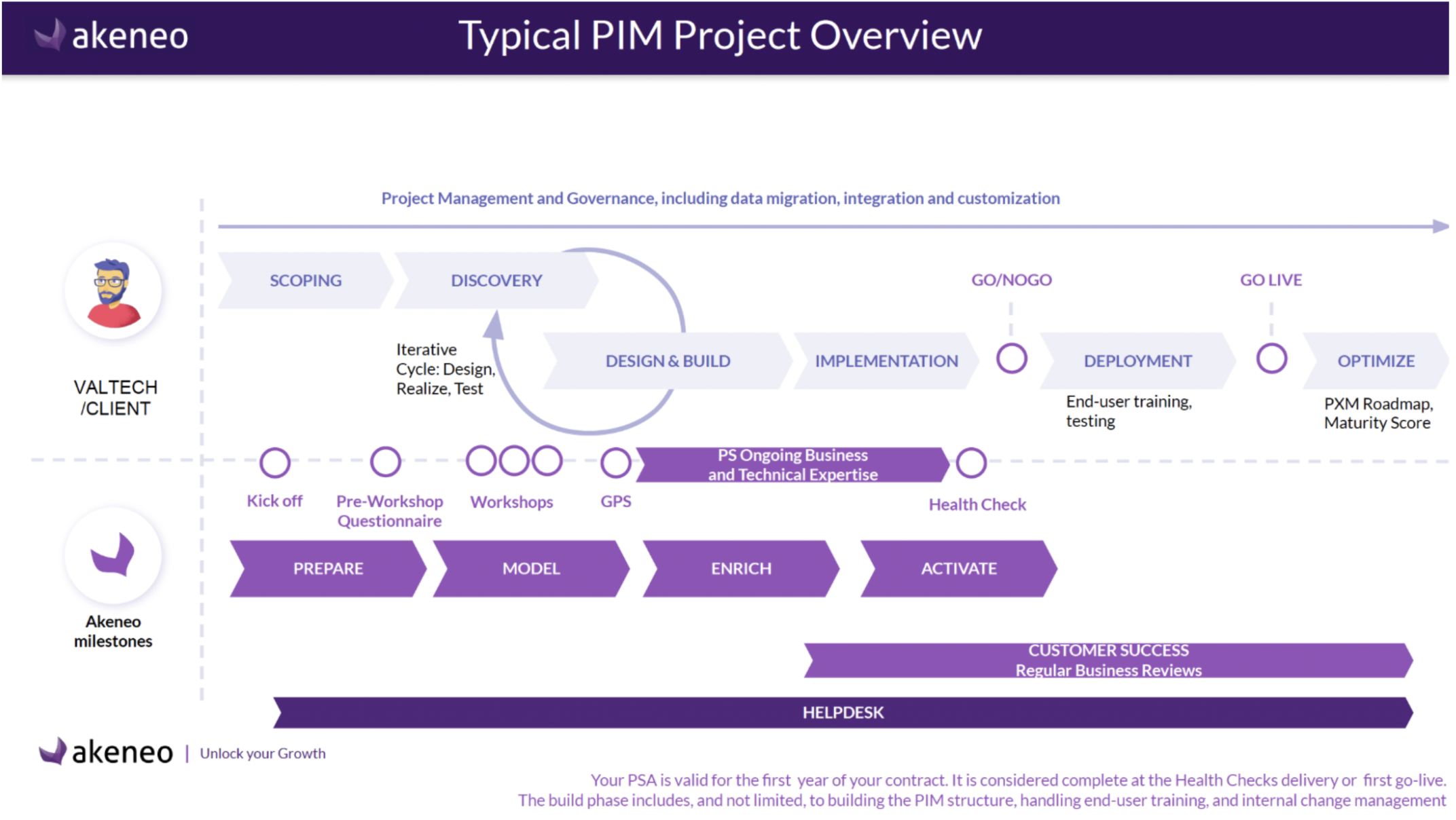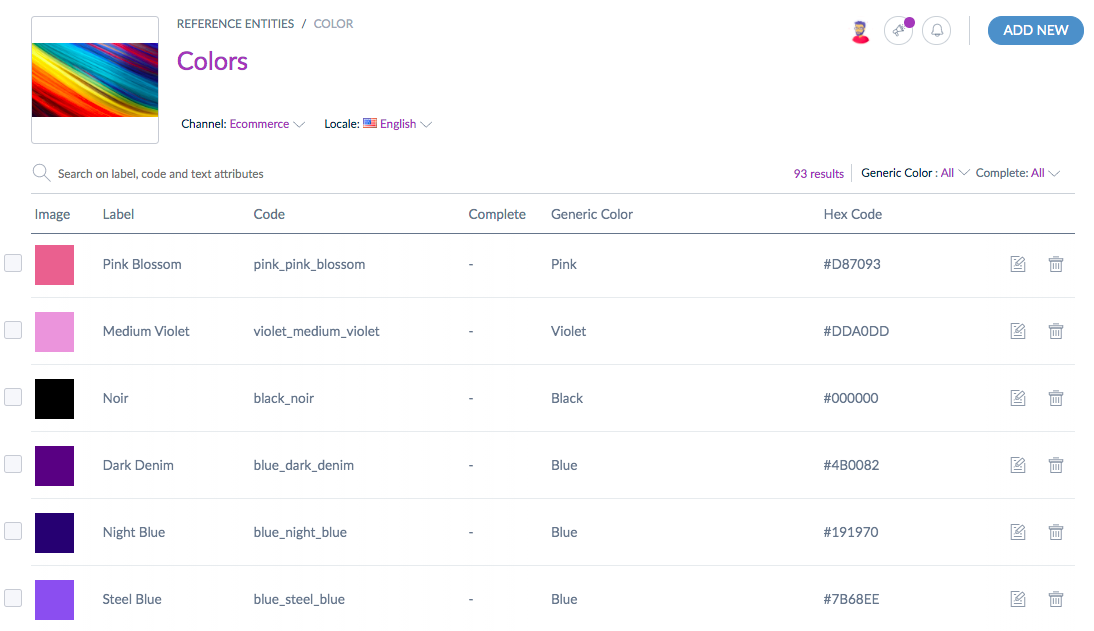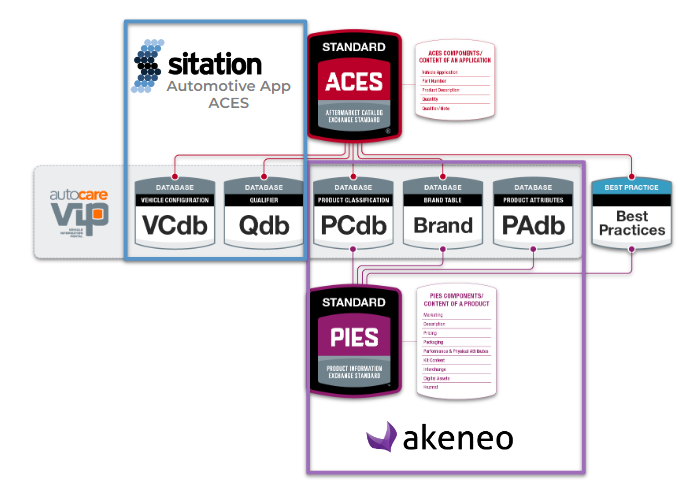Dodge Industrial Sets New Standard of B2B Manufacturing Excellence with Akeneo
Discover how Dodge Industrial, a leading manufacturer of mechanical power transmission products, revolutionized their product information management (PIM), transitioned to new systems, ensured accurate and accessible product data, and automated data updates for seamless product launches with Akeneo.

In the B2B manufacturing sector, accurate and timely product information is critical. Dodge Industrial, a leading manufacturer of mechanical power transmission products, faced a significant challenge when they needed to swiftly implement new systems following a corporate acquisition.
Their solution? Partnering with Akeneo to transform their Product Information Management (PIM) and Digital Asset Management (DAM) processes, setting a new standard for B2B manufacturing excellence.
The Challenge
Dodge Industrial’s products are essential for moving materials efficiently across various industries, so ensuring accurate and accessible product information is vital to preventing costly downtime.
When Dodge was acquired by a new company, they needed to quickly transition away from their old SaaS solutions and establish new PIM and DAM systems. This was a daunting task, but one that was essential for maintaining their high standards of product information accuracy.
The Solution
Dodge Industrial selected Akeneo for its ease of use and rapid deployment capabilities. They partnered with an integration expert, Bounteous, to assist in the implementation. The result was a seamless onboarding experience that allowed Dodge to quickly set up their new systems.
Akeneo’s intuitive Family Templates and data management tools enabled Dodge to reassess and improve the quality of its data, making significant enhancements during the implementation process.
Trenton Triola, Selection Tools and eCommerce Manager at Dodge Industrial, noted, “Akeneo seemed like the easiest option and the fastest to get up and going, and that definitely proved to be true.”
Remarkable Key Outcomes
- 97% complete attribute/asset coverage by product order volume (+2%).
- 82% of US distributor partner revenue receiving syndicated content (+4%).
- 86% reduction in development time for database updates to PT Wizard and OPTIFY.
Streamlined Product Launches
Since implementing Akeneo, Dodge Industrial has seen a dramatic improvement in its ability to quickly and efficiently launch new products. The PIM system makes it easy for their product management and engineering teams to create and manage product attributes, ensuring that accurate information is rolled out to their eCommerce site swiftly. What was once a major blocker is now the easiest part of launching new products, thanks to Akeneo’s user-friendly interface and robust capabilities!
“For every new product that we’ve launched since, it’s been a very easy process for them to go in and find the family that it should go into or create a new family, create the new attributes that are needed, populate the information, and roll it out easily to our eCommerce site.” – Trent Triola, Selection Tools and eCommerce Manager, Dodge Industrial
A Single Source of Truth
For Dodge Industrial, having a single source of truth for all of its product data was crucial. Akeneo serves this role perfectly, allowing the engineering team to own and maintain the technical data while remaining accessible to the wider team. This centralized approach ensures that accurate product information is distributed to all necessary teams and platforms, including internal applications, eCommerce sites, and distribution partners. This has not only improved the accuracy of product information but has also facilitated better decision-making across the company.
Triola emphasized, “Having a single source of truth is very important for us as an engineering company making mechanical power transmission products.”
Automated Data Updates
One of the standout benefits of Akeneo for Dodge Industrial has been the ability to automate data updates. Scheduled exports from Akeneo ensure that any corrections made by engineers are reflected on their eCommerce site the next day. This rapid turnaround time has been a significant win for Dodge, allowing them to maintain the highest standards of data accuracy and customer satisfaction.
Success with IntelliLube
Looking for a concrete example of Dodge Industrial’s success with Akeneo? Look no further than the launch of their IntelliLube product, an automatic greasing device for mounted bearings. Akeneo provided the accurate product data needed for both the automation platform and the grease calculator program, ensuring that customers can configure and maintain the IntelliLube device effectively.
The Future for Dodge Industrial
As Dodge Industrial continues on its journey of digital transformation, with plans to soon upgrade its ERP system, Akeneo continues to be the perfect solution for managing their product data.
By maintaining a single source of truth, Dodge Industrial is well-positioned to meet the future needs of their industry, ensuring that accurate and accessible product information remains a cornerstone of their operations.
Dodge Industrial’s partnership with Akeneo has revolutionized its approach to product information management. The ease of implementation, enhanced data quality, and streamlined processes have all contributed to significant improvements in their operations.
For other B2B manufacturing companies facing similar challenges, Dodge Industrial’s story is a testament to the power of accurate, accessible data and the transformative potential of a robust PIM solution like Akeneo.
You can listen to the full story of Dodge Industrial here, and for more information about how Akeneo can transform your product information management, you can request a demo to meet with a dedicated expert.
The Dodge Industrial Story
Discover how Akeneo helped Dodge Industrial implement a quick rollout of their digital transformation, launch products to market faster and more efficiently, and improve product data accuracy and completeness.






























